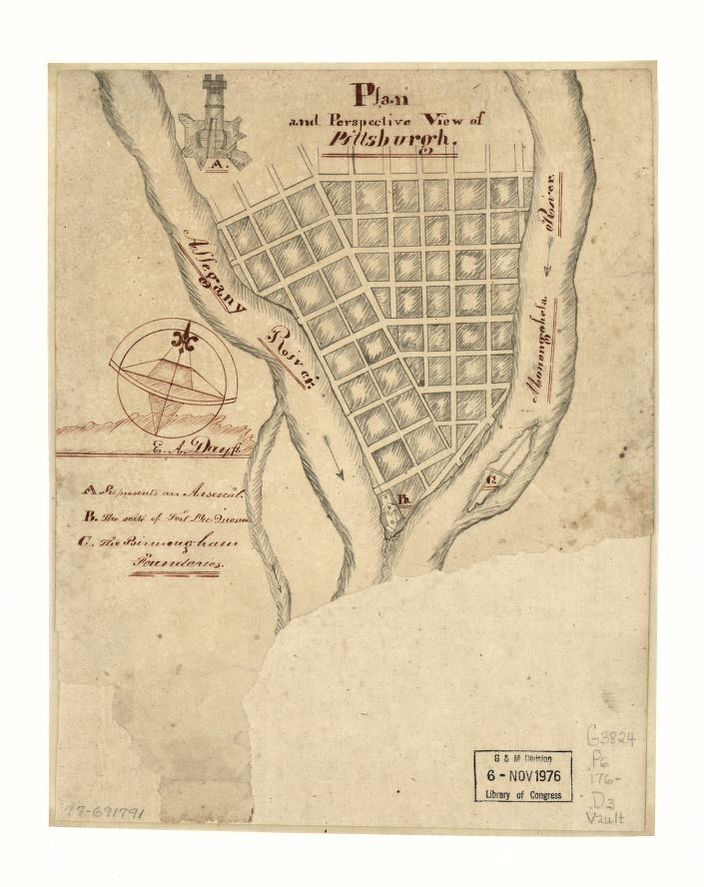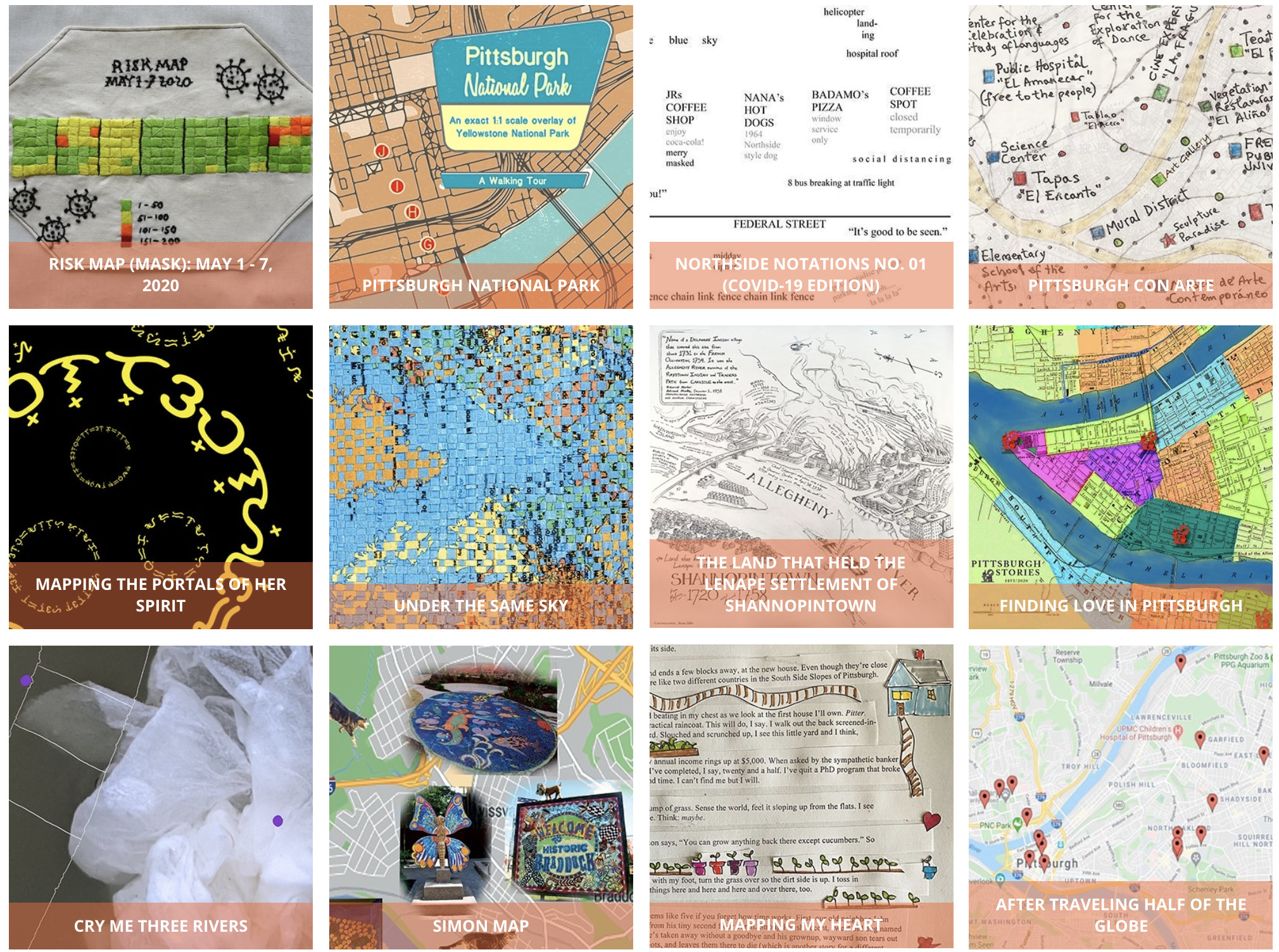

During the first bike boom of the 1890s, the Pittsburg(h) Press produced a weekly Sunday series of popular bicycle routes around Pittsburgh. All are accompanied by a map, some images, and a description that provides a delightful snapshot into the pre-auto era Pittsburgh.
This route takes riders on some roads that are still, to this day, popular road cycling routes in Allegheny County. Freeport Rd, Saxonburg – any Pittsburgh roadie is intimately familiar with this route. Even the description of the weather hasn’t changed all that much:
“The great amount of bad weather there has been this spring has kept the country roads in poor condition longer than usual, but all the roads described in connection with this run can be ridden now except on rainy days.”
Leave it to Pittsburgh to be swept up in the world bicycle boom only to have the weather put a damper on it.
















